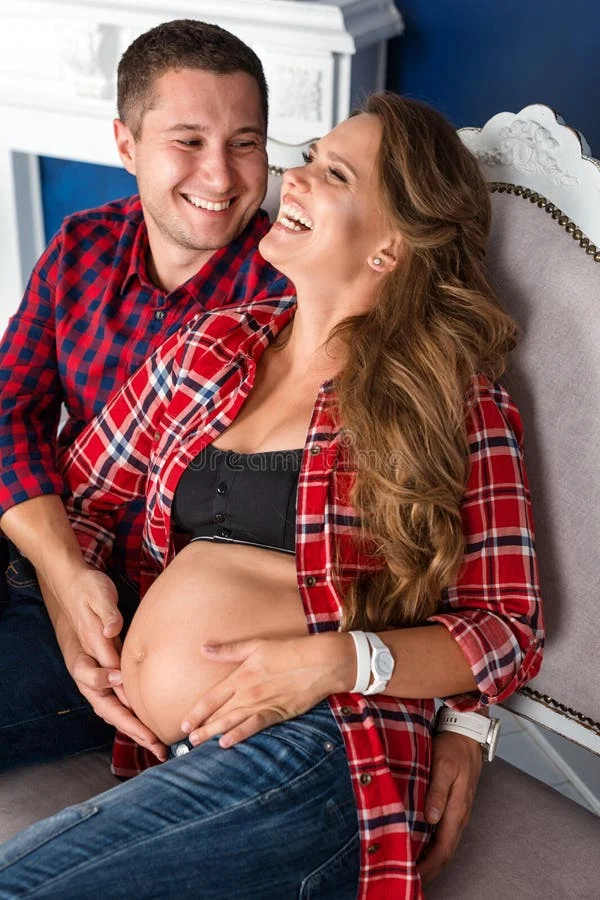This weekend, my 12-year-old son, Jason, made a bold choice: he shaved his head. As a caring and introspective pre-teen, he’s more into basketball and sci-fi films than teenage rebellion. So, what prompted this drastic change?
A Preference for Short Hair
From a young age, Jason has preferred shorter haircuts. He admires the sleek looks of military personnel and enjoys the convenience of low-maintenance grooming. Each visit to the barber involved him requesting a “one buzz, please,” while I anxiously signaled the barber to keep it a bit longer. For a while, Jason had been persistently asking to shave his head. He believed it would be a cool look, countering our parental reasoning with statements like, “You say a bad haircut isn’t a big deal,” and “It’s my head, so why not?” Of course, he also threw in the classic childhood complaint: “You never let me do anything I want.”
A Father’s Support
My husband, Alex, recalled his own conflicts with his father regarding hair length. He had vowed to be the laid-back dad who wouldn’t argue over hairstyles when he eventually had a son. Thus, he supported Jason’s wish to shave his head as a minor act of rebellion, suggesting it would be a learning experience. I, however, struggled to watch as clumps of Jason’s light brown hair were removed.
The Initial Excitement
Initially, Jason reveled in the attention his bald head drew from friends, who were surprised he had gone through with his bold claim. He enjoyed the newfound title of “the kid whose parents let him do anything,” while I felt the sting of being perceived as a parent lacking authority. Yet, as days passed, Jason began to realize that being bald came with unexpected challenges. Strangers eyed him curiously, likely questioning if he was unwell, and girls, still at that age where their attention is bothersome, wanted to touch his smooth scalp. Most surprisingly, he found himself feeling cold constantly, transitioning from a summer wardrobe of shorts and flip-flops to layering up like a grandma. His baseball cap became his go-to accessory, and soon, the novelty of his decision appeared to be wearing thin.
Learning from Experience
From the outset, Alex had intended to allow Jason this small win, believing it would help him learn that not all desires lead to fulfilling experiences. I was more skeptical, unsure if this would diminish his future aspirations for independence, such as staying out late or driving. Surprisingly, it seems to have had a positive effect—for the moment.
During this week, Jason has stopped pestering us about the privileges he usually craves. After making a significant choice, he doesn’t seem inclined to pursue further responsibilities. He has tested his limits and returned to the safety of home for some comfort. This experience has demonstrated that making adult decisions doesn’t always yield the anticipated excitement, which aligns with our hopes as parents.
A Calculated Risk
We took a calculated risk—a harmless one with no enduring effects—and it appears to have been beneficial. Admittedly, I have had to come to terms with the fact that onlookers may question our parenting decisions. However, we trust that Jason has gleaned valuable insights. As he matures, there will be numerous opportunities for him to assert his independence and learn from the outcomes. After all, hair does grow back.
Conclusion
In conclusion, allowing children to make small, reversible choices can serve as a valuable lesson in responsibility and the consequences of their actions. For more information on home insemination, you can explore this article, and check out this resource for insights into the process. If you’re curious about home insemination kits, this link offers valuable information on the topic.
